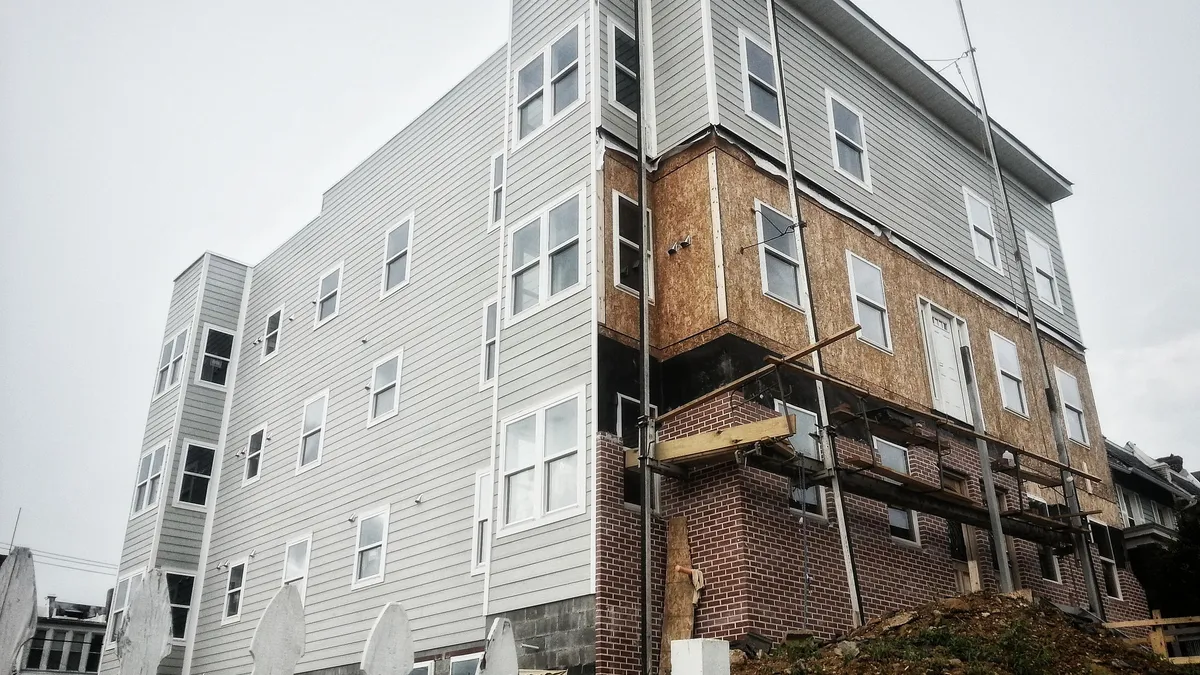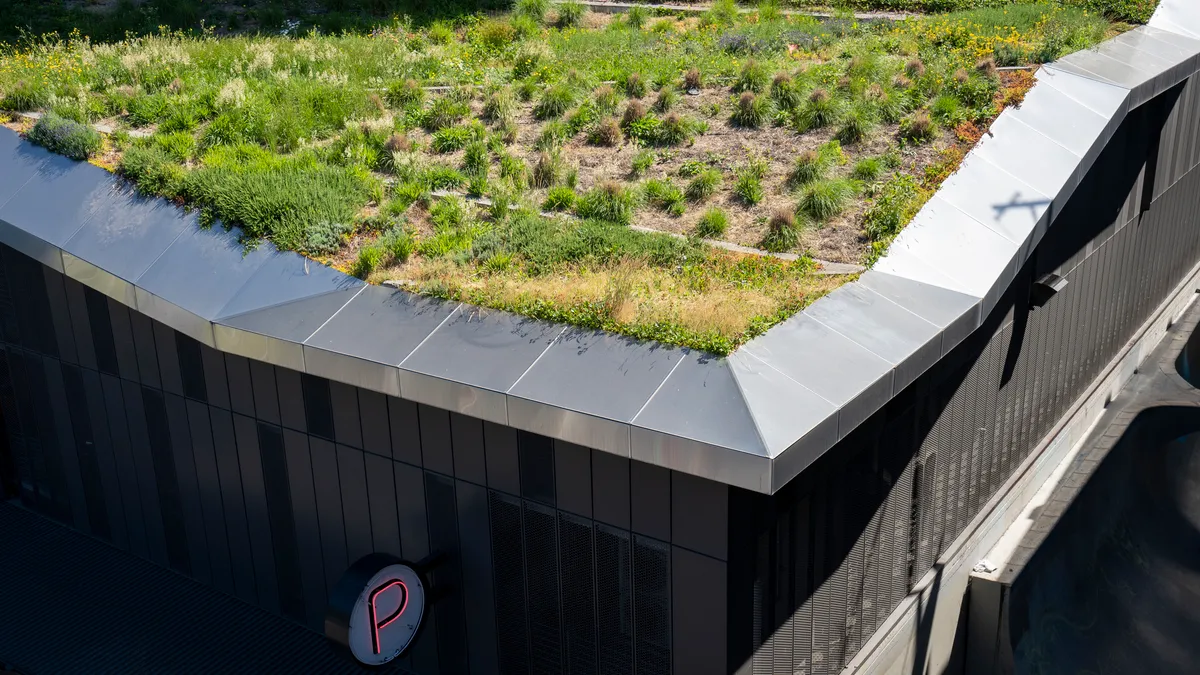Dive Brief:
-
The U.S. needs 4.6 million new apartments — 325,000 units annually — by 2030 to meet demand, according to a joint study by Hoyt Advisory Services, the National Multifamily Housing Council and the National Apartment Association.
-
More than half (51%) of the country’s existing apartment stock was built before 1980 and around 11.7 million units need repairs, according to Curbed. Just 244,000 units came online annually from 2012 to 2016, while a record 1 million rental households were created during the last five years.
-
The strongest demand is projected for fast-growing cities like Raleigh, NC (69.1% increase), Orlando, FL (56.7% increase), and Austin, TX (48.7% increase). Already strapped metros including New York City, Dallas–Fort Worth and Houston, TX, will need a significant injection of inventory.
Dive Insight:
Rent growth is slowing across some of the country's hottest markets, with demand for higher-end properties catching up to the inventory created as part of the post-recession surge in multifamily construction. In May, the average U.S. apartment rent rose 1.5% from the year before, representing the smallest annual growth rate in three years, according to RentCafe.
One in 10 rental listings saw a price cut from May 2016 to April 2017, according to Trulia, as the median national rent dipped 2.9%. Those prices could cool further as the market anticipates a cycle high of more than 378,000 apartment completions this year. That pace is nearly 35% ahead of the 20-year average.
Despite an oversupply at the high end of the market, the lower tiers are experiencing a shortage of affordable units. A recent report from the National Low Income Housing Coalition found that full-time, minimum-wage earners can’t afford to rent a two-bedroom apartment anywhere in the U.S. and those earners can only afford a one-bedroom unit in 12 counties across Arizona, Oregon and Washington.
Multifamily starts were down 14.6% year-over-year to 328,000 starts in April, according to the latest figures from the Commerce Department. Meanwhile, continued home-price growth is expected to keep many would-be buyers in the rental market.
Recognizing this trend, single-family rental investors are buckling down, buying up entry-level inventory to put back on the market as rentals. Some are even getting into new-home construction.











